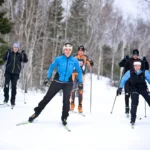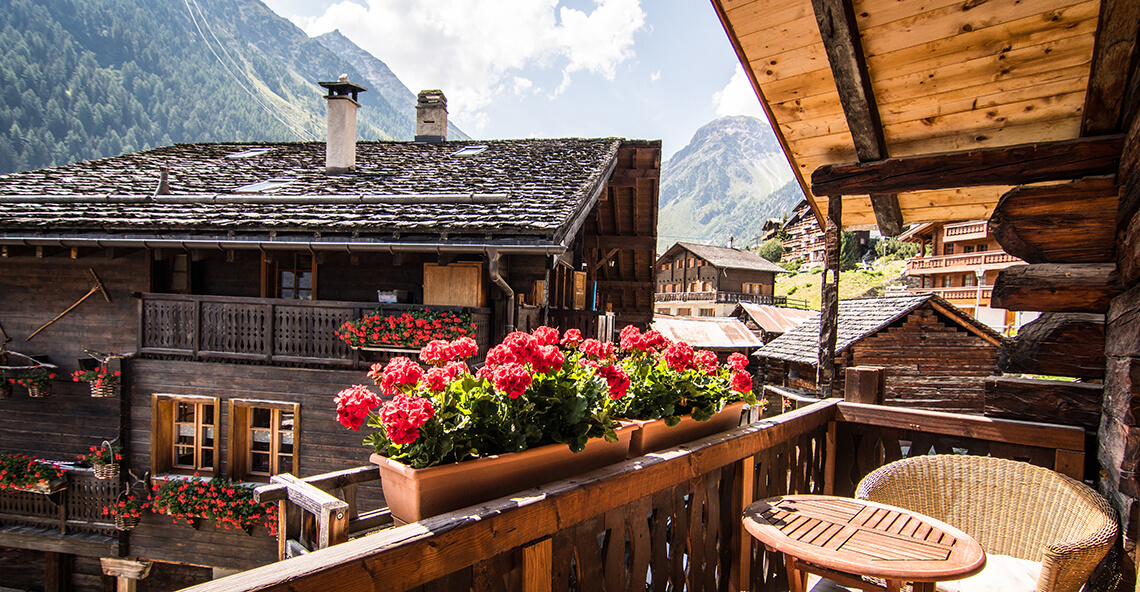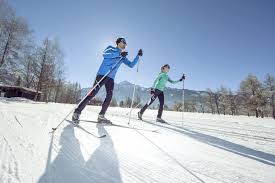
The Joys of Stand Up Paddleboarding

It’s a steamy summer day, and maybe you’re looking for a way to change up your workout, or to escape from the pavement and parking lots of city life, or to spend some tranquil time taking in the natural world from a new perspective. Or maybe you just want to learn a new skill—whatever your summer situation, stand up paddle boarding is your ticket to a totally unique and absolutely fun activity. SUP is a great fit for workout buffs, water lovers and weary loungers alike. We will briefly cover each of these options below, along with their respective equipment requirements and techniques.
But first, the basics: a stand up paddle board, which resembles a slightly wider surfboard with a shorter fin, is designed for the paddler to stand on top of it pulling him or herself through the water with a long body-length paddle—picture the body position of a gondola rower in Venice. Like any outdoor gear, paddle board prices range widely depending on your needs. It is recommended that you rent or try a friend’s board before committing to purchasing your very own. Paddle boards can be used in practically any sufficiently deep body of water, though again your skill level and desired use might caution you against some or nudge you towards others.

Work Out
Stand up paddle boarding is one of a relatively small handful of full body workouts to be found (along with cross country skiing, rock climbing, and gymnastics). As you paddle forward with a basic front stroke—by pushing your top hand forward while your bottom hand stays static, in effect pulling yourself through the water—you will engage the whole chain of muscles in that top arm, from the deltoids through the biceps, triceps and forearms.
As you lean forward to add power to the stroke, your core and back muscles are also activated, and strengthened. And remember, you are having to balance on a board: from your toes to your glutes, your legs will automatically be called upon to tense up and keep you upright.
Plus, in order to keep the board on a straight course, you must alternate which side you paddle on every few strokes. This will balance out the muscle activation such that the muscles on both sides of your body get worked equally.
As your performance improves and you look towards honing your paddle boarding skills, you may look at hopping on a sportier board with a so-called displacement hull. This will allow you to cut through the water more efficiently and achieve some speedier paddles.
Relax
If sweat-inducing paddling sessions aren’t quite your pace, not to worry. Paddle boards come in all shapes and sizes, and boards with “planing hulls” provide a stable and easily maneuverable surface for just getting out on the water, cooling off and chilling out. With a few gentle paddles, you can be out in the middle of a lake or pond in no time; from there, you can treat the board as you would your own personal float. You can lie on your back and watch the clouds playing overhead, lounge and read your book or magazine, or jump off of it into the lake’s deeper, crisper parts. Or, if you want to really relax your mind and refresh your body, you can even do yoga on your paddle board!
Explore
Paddle boarding offers some unique advantages to the adventurous water-goer. First and foremost, when you are used to sitting in a conventional kayak or a canoe, it’s easy to forget how much easier it is to see things from a standing position. Stand up paddle boarding, one has an ideal vantage point to see down into the water’s depths, and to take in that moose on the shoreline or the grandeur of that sunset on the horizon.
Second, you can cover some ground! Paddle boarding averages roughly the same speed as hiking does, so imagine transferring an exciting day hike up a mountain onto the water: you could plan a nice five or six mile round trip paddle to an island across the lake, or to a perfect swimming beach. Just be sure to come prepared with food, water and proper sun protection!
Finally, one of the most affordable types of paddle boards are inflatable boards. These are light and super portable, making a remote lake which would be unthinkable in something heavy like a canoe accessible and easily paddle-able!

Remember
These varieties of stand up paddle boarding and their respective equipment are not mutually exclusive. In a single paddle outing, you can easily go from a workout pace, to a tranquil float to an exciting exploration of a deserted island without any trouble. Though there are particular boards that are best suited for each of these uses, that doesn’t mean you can’t mix and match at will and design your own totally unique and satisfying adventure. Just make sure you bring the proper safety gear and stay within your own ability level and comfort zone. With these tips in mind, plan your summer escape from the pandemic blues and the heat wave headaches—a watery wonderland awaits!









































